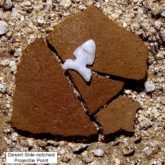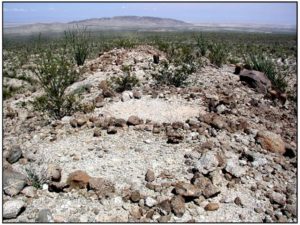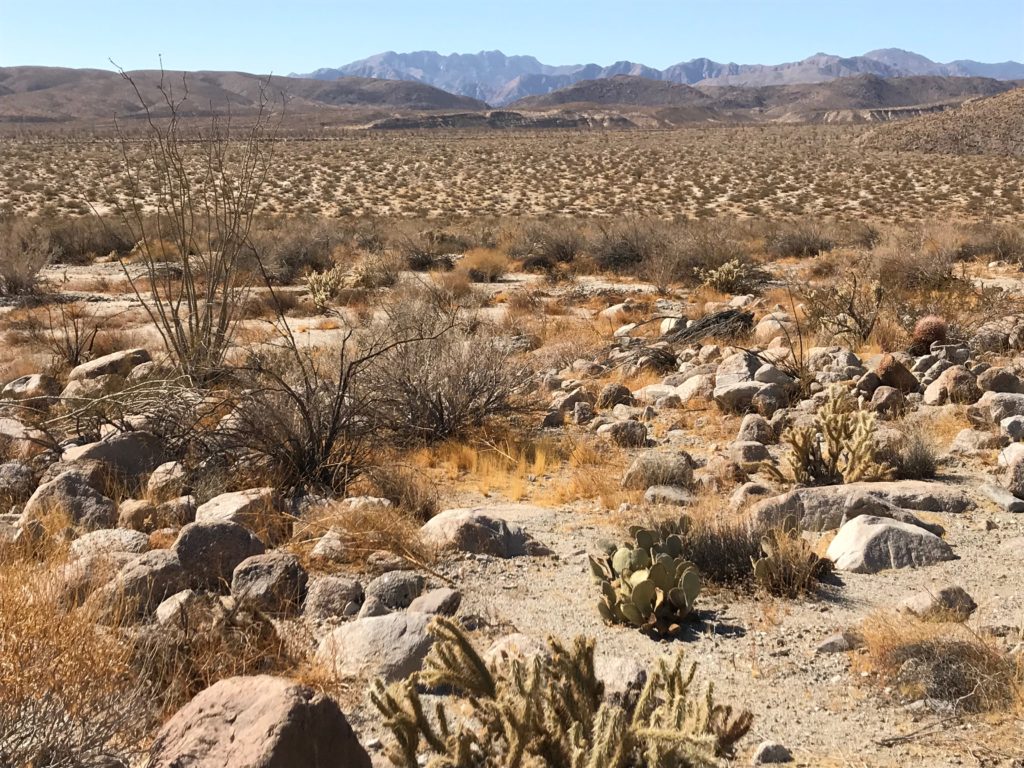Land Acknowledgement
The Kumeyaay, Cahuilla, Cupeño, and Payómkawichum/Luiseño are the Original peoples of the Anza-Borrego Desert, Palomar Mountain, and Cuyamaca Rancho State Parks. These traditional homelands in the Colorado Desert District are rich with their heritage and cultural tradition. The Colorado Desert Archaeological Society acknowledges these places as the Peoples’ homelands and offers gratitude for their stewardship of these lands from time immemorial through the present and into the future.
The Colorado Desert District parks contain many traditional locations that retain their cultural importance to local native people. These include traditional gathering areas – areas still visited for acorns or basket materials – as well as ceremonial sites such as rock petroglyphs and pictographs or sacred landscape features.
The Colorado Desert District encompasses the Anza-Borrego Desert State Park, Cuyamaca Rancho State Park and Palomar Mountain State Park as well as two state recreation areas (Salton Sea and Picacho), and portions of the Coachella Valley Preserve System (Indio Hills Palms). Within these more than 700,000 acres, thousands of prehistoric and historic cultural resources have been recorded including evidence of what may be 10,000 years of occupation by Native people and nearly 300 years of Spanish, Mexican, and American use. The parks contain unique archaeological sites where the  physical evidence of indigenous occupation such as bedrock grinding mortars, scatters of ceramics and stone tools, and agave roasting pits can still be experienced. Historic remnants of our Spanish, Mexican, and American heritage, as well, can still be visited along sections of the Southern Emigrant Trail or at early ranch and homestead sites.
physical evidence of indigenous occupation such as bedrock grinding mortars, scatters of ceramics and stone tools, and agave roasting pits can still be experienced. Historic remnants of our Spanish, Mexican, and American heritage, as well, can still be visited along sections of the Southern Emigrant Trail or at early ranch and homestead sites.
Enjoy a short hike in Little Blair Valley on the Morteros Trail with this video
created by CDAS volunteers Scott McClintock, Pat Downing and John Downing.
Cultural Importance
Because of the vastness of our park, thousands of acres of land within the Colorado  Desert District have not yet been surveyed for cultural traces. Colorado Desert Archaeological Society (CDAS) members work in all sections of the park to complete surveys, document discovered sites, curate and conserve the District’s artifact and archival collections, and protect cultural resources from the many impacts that are associated with public land use.
Desert District have not yet been surveyed for cultural traces. Colorado Desert Archaeological Society (CDAS) members work in all sections of the park to complete surveys, document discovered sites, curate and conserve the District’s artifact and archival collections, and protect cultural resources from the many impacts that are associated with public land use.
To learn more about archaeology and watch special presentations
about current topics click Current.
Header photograph courtesy of Laurie Brindle.
.

